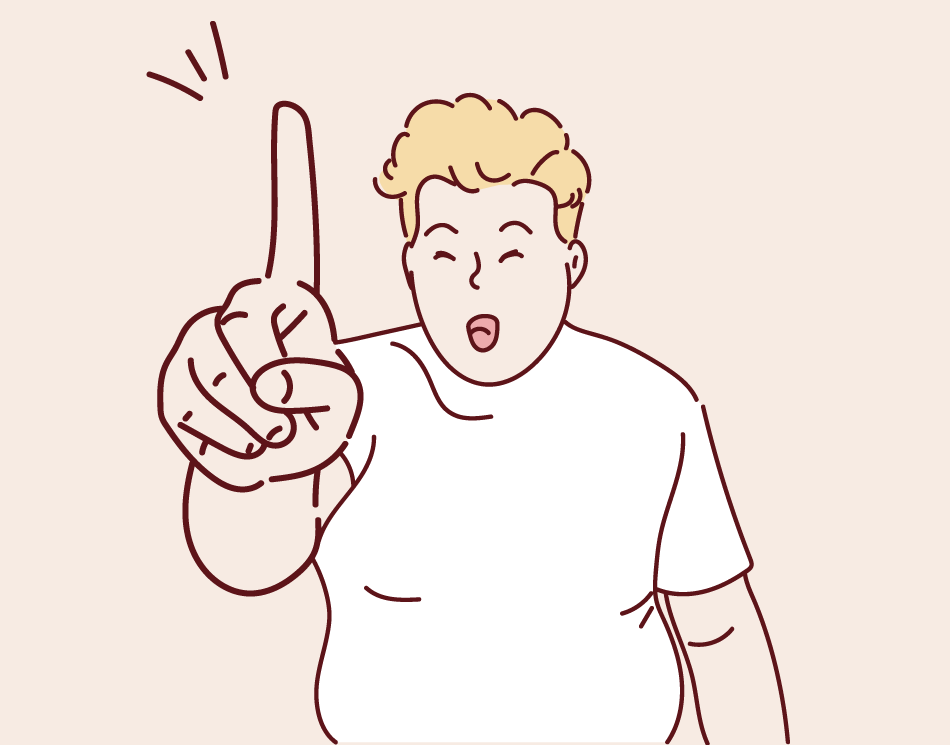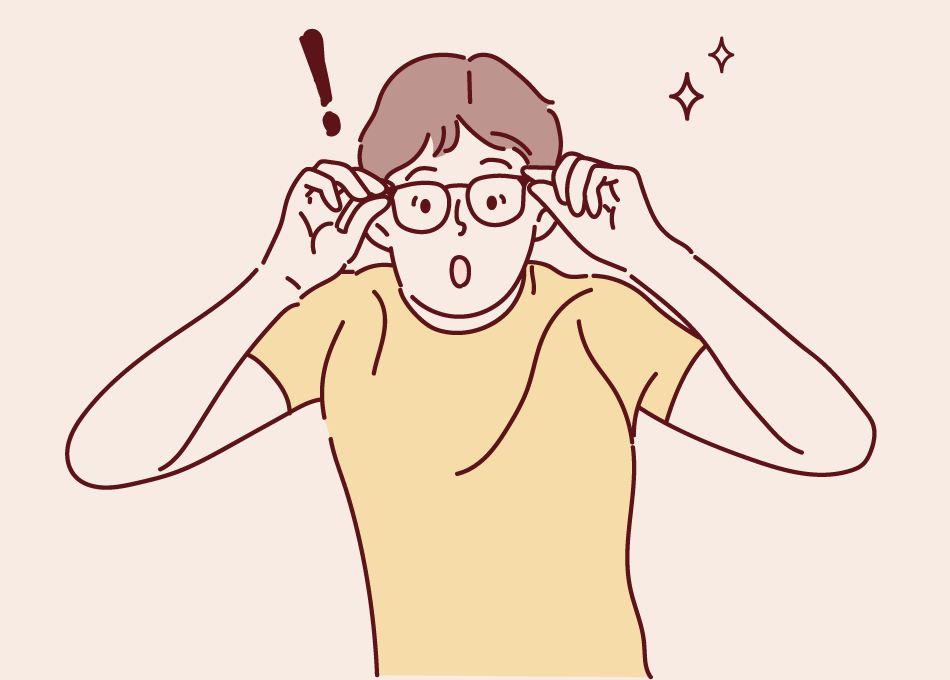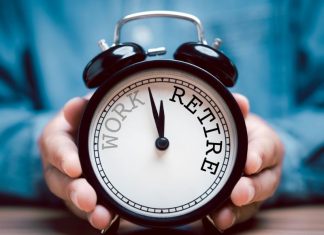Are physically attractive people seriously advantaged at work?
Are they more likely to be selected, promoted, and given higher salaries? Does being physically attractive count more than being competent at work?
Does physical attractiveness advantage females more than males, or does it depend on the job, the gender of the selector and the culture of the organisation?
Does intelligence moderate the relationship between attractiveness and work success?
Is there a physiognomy of leadership: meaning do certain looks get you to the top?
Can you judge the success of an organisation by the facial attractiveness of its CEO? Should you do all you can (legally) not to be influenced by a person’s looks?
Do you agree with some evolutionary psychologists that brighter people tend to be more physically attractive…and vice versa?
Is there wide variability in what people think is attractive: the eye of the beholder hypothesis?
Is this whole issue simply “too hot to handle”?
Most people agree that physical attractiveness is a significant economic and occupational benefit. More attractive people seem to get better jobs, make more money, and supposedly have happier lives.
Indeed, the money spent on cosmetic surgery can be thought of as a good investment for many people. Yet this assumes that (a) cosmetic surgery always makes you more attractive (not true), (b) that outcomes of cosmetic surgery are always positive (not true), and that (c) those who have cosmetic surgery are psychologically stable (not true).
So how to explain the “what is beautiful is good” and vice versa phenomenon?
The academic literature has (as usual) confirmed what we all know, that physical and facial attractiveness as well as weight, height and hair colour are related to all sorts of positive evaluations (and actions) at work.
We know that attractive adults and children are judged to be more intellectually competent, emotionally adjusted and socially appealing. Paper after paper has confirmed that attractive people are rated as more altruistic, competent, confident, friendly, persuasive and sincere, though there are some cultural differences in this. There have been studies of politicians to see whether their physical appearance plays any role in whether they are likely to be elected, as well as studies in educational settings that have shown the manifold benefits of being good looking. This shows the power of perceptions.
There is much interesting research in this area. Evolutionary theorists have argued that height is strongly associated with intelligence in both males and females. In one study of over 20,000 American adolescents, there was a significant association between height and intelligence even after controlling for the following long list of potentially confounding variables, physical attractiveness, age, race, education and earnings.
Physical attractiveness seems to influence all aspects of life. One Finnish study on the attractiveness of politicians found for every one standard deviation in their measure of beauty, non-incumbent parliamentary candidates received a 20% increase in the number of votes! Another study found “baby-facedness” in politicians predicted inferred competence but not electoral success.

So what do we know? First, there is cross-cultural reliability and agreement about attractiveness. That is, beauty is much the same in all cultures, being associated with health, youth, symmetry and self-confidence. Second, both attractive children and adults are judged more positively compared to less attractive controls but, interestingly, not necessarily by those who know them. Third, attractive people are treated more positively, and fourth without any evidence they are believed to show more positive behaviours.
One theory is that attractive people are more confident and positive because they are beneficiaries of a virtuous circle. People treat more attractive people differently from early childhood and this leads them to acquire a number of beneficial characteristics like confidence, social skills and persuasiveness.
Yet research has shown that this effect is limited to popularity, social skills, and sexual experience but disappeared for workplace-related traits including intelligence, sociability, sense of control, manipulativeness, etc. Indeed, it could even lead to misplaced self-confidence, complacency, and entitled arrogance.
The Workplace
The question is whether, when or why physical attractiveness reliably and powerfully predicts occupational outcome variables like income, career progress and performance.
There are two competing theories in this literature:
- Attractive people are better: their attractiveness is simply a marker of their ability and fitness. This taps into the world of evolutionary psychology. But there is no reliable evidence suggesting a strong association of physical features with workplace competencies.
- Lookism, prejudice and discrimination unfairly (and unscientifically) link physical attractiveness and success at work. Two separate theories have been put forward to account for this: (a) implicit personality: positive stereotypes allow attractive individuals a greater space to perform better at work (more affordances, employers more forgiving, etc.); (b) developmental trajectory: employees conform to stereotypes over occupational time. Both could be true.

The ‘‘what is beautiful is good’’ finding is so widely accepted that some organisations attempt to put in place processes and procedures which try to eliminate or reduce the possible influence of attractiveness. Some forbid the attachment of photographs to application forms; others try to ensure selection boards are made up equally of males and females; still others attempt, through very strict competency-based, structured interviewing, to focus on getting evaluations based only on work-based competency evidence.
Most selectors attempt to find people with the appropriate skills, aptitudes, attitudes and motivation to do the job well. It is very rare (very unwise and possibly illegal) to see physical attractiveness as a criterion of selection or competency. However, there are certain jobs, particularly in sales, customer service, theatre, fashion or the media where physical attractiveness is seen to be a very distinct advantage and related to job performance contrary to the evidence. Hence it seems to some that it is quite reasonable, indeed desirable to consider this in the selection process, albeit unofficially. Yet if decisions are made based on body weight alone, then this would be classified as a form of discrimination. Body weight discrimination remains legal, but again there is no evidence that body weight is associated with workplace competencies.
But the cry goes up Can something be done to prevent discrimination sometimes called ‘‘lookism’’ or ‘‘facism’’ or ‘‘weightism’’? In most developed societies, there are laws against discrimination in the workplace based on sex, age, race and religion. These are often more driven by morality and ideology than scientific evidence. Many believe that physically less attractive people already carry a burden compared to their attractive peers, penalising them further in the workplace, which is simply unjust. Hence some call for legislation that outlaws decisions made on the basis of attractiveness.
One problem with this issue is whilst things like age and gender are objectively verifiable; judgements about attractiveness are more subjective. There is usually considerable agreement at extremes but less so in the middle of the scale. Moreover, it is possible to separate the face from body ratings of attractiveness or look at very specific features like height or hair colour. In this sense, it may be difficult to defend a discrimination case where it is alleged that attractiveness discrimination has occurred.
There are three distinguishable theoretical/ideological positions in this area:
A. Unfair, stereotypic and warranting intervention
Some argue that the ‘‘beautiful is good’’ belief is unfair, often denied and is an empirically unverified supposition and stereotype. As there is no evidence that physical attractiveness at any level (face vs. body) and/or associated with any physical feature (i.e. height, hair colour) is related to job performance, steps need to be taken to reduce this bias at work. Any evidence of an association between attractiveness and work performance is attributed to social processes rather than biological realities and ends up unfairly discriminating against those less physically attractive. It is a wrong that urgently needs to be righted; even if it may be problematic to do so.
B. An evolutionary fact and reality
Others argue that there are both good theoretical reasons and empirical evidence to suggest that various physical features are associated with psychological factors and processes that directly relate to performance at work. This is an issue of considerable debate and controversy and most reviews of the literature suggest there is no evidence for this approach.
C. An association that develops
This position holds that physical attractiveness has developmental advantages which influence an individual’s personality and social behaviour. For instance, attractive people are treated differently from unattractive people from an early age; by parents, peers and teachers and later by employers. Hence attractive people are likely to become more self-confident, assertive and socially skilled, which in turn means they become more able at work, particularly in interpersonal relations. Moreover, there is a very simple counter-argument here: that people should be trained to be aware of their inherent biases. Most employers already offer this sort of training.
Weight-Based Discrimination

Overweight people are seen as disagreeable, emotionally unstable, incompetent, sloppy, lazy and lacking in conscientiousness. These stereotypes have a large impact on selection, promotion and remuneration. Overweight people are consistently discriminated against in the workplace. This is an example of the ‘‘what is ugly is bad’’ stereotype. For instance, in a survey of 2,838 Americans of whom 40% were of normal weight, 38% overweight and the remainder obese or severely obese, researchers found overweight people were 12 times, obese people 37 times and severely obese people 100 times more likely to report discrimination at work compared to those of normal weight. Young, more than old, and females, rather than males, reported more weight-based discrimination. And, of course, there are negative consequences for larger-bodied individuals, including poorer psychological well-being, fewer educational opportunities, poorer physical health, and premature mortality.
There have also been, over the years, several experimental studies that show stigmatising attitudes and anti-fat bias such that overweight and obese people are discriminated against before, as well as at, selection interviews. Some studies used written descriptions of hypothetical people, while others used photographs and video recordings.
In a celebrated American study, researchers looked at the relationship between weight and income for both sexes. They predicted and found that as people got heavier, men tended to get better paid (until they began to get obese or 15-20 Kg above the norm) while the opposite was true of women where there was a decline in salary as a function of getting heavier. They showed that women are punished financially for weight gain but that very thin women receive the most punishment.
The dramatic increase in Body Mass Index globally means this issue will be more and more discussed in work settings.
Height
Whilst there is some early evidence that taller people are judged as more attractive, persuasive and ‘‘leader-like’’, few studies have examined this literature. However, one study set out to test a model that linked height to career success. They suggested various processes that occur.
The first, was that height predicts social esteem: the perceived stature or ascribed status of people. The second was that height also predicts self-esteem (the way we regard ourselves) which impacts on adjustment. Further, social and self-esteem are linked because if tall people are consistently viewed and treated with respect by others their self-worth or self-confidence increases in a self-fulfilling way. Third, it is reasonable to assume that social esteem predicts both objective and subjective work performance.
The reason for both subjective and objective performance is, they posit, due to possible self-fulfilling processes such that people are both more likely to help taller people and also the confidence of the manager in their performance leads to them actually doing better. Inevitably, it is not difficult to see the link between objective and subjective performance in career success. In three studies, two celebrated American researchers tested their ideas. They found height was significantly related to career success for both men and women. Moreover, height was positively related to income even after controlling for age, sex and weight.
Work Outcome Variables

Physical attractiveness appears to have consistent and important effects at work. From selection through to evaluation, to reward, there seems sufficient evidence that physical attractiveness is advantageous. Research has concentrated on some very specific areas:
A. Incomes, Salaries and Wages
Thirty years ago, a study that looked at MBA students over time showed that more attractive men had higher starting salaries and continued to earn more over time. Over a 10-year period, they were found to earn $2,600 (1983 exchange rate) more on average for each unit on a 5-point attractiveness rating scale. This was less for women ($2,150).
In another study of over 15,000 people, researchers were able to demonstrate that attractiveness is positively associated with earnings in high school graduates even when controlling for ability. Specifically, a one-standard-deviation increase in ability brings about a 3-5% increase in wages, while above-average or very attractive people earn 5-10% more than average-looking individuals: i.e. there is a 2-5% plainness penalty. Whilst for very attractive individuals, an increase in ability is associated with a wage increase, for below-average levels of attractiveness ability may even yield negative results.
B. Pre-Interview Selection
In an experimental study where participants were asked to judge a fictitious resume (high/low qualifications) and photograph (attractive/unattractive). Researchers showed that attractiveness rating consequences are moderated by experience and job. Highly qualified people were accepted irrespective of attractiveness or job whilst less qualified but attractive applicants were only judged more favourably than less-qualified and unattractive ones in jobs involving relational skills.
C. Career Progression
In one early American study, researchers looked at the effect of five variables: gender, family structure, attractiveness/appearance, staff relations and technical ability, on promotions. They found, as predicted, that females married with children and generally unattractive were less likely to succeed as measured by promotions.
D. Sales Performance
The role of attractiveness seems more relevant in some jobs rather than others. One group that has been investigated is salespeople. One study looked at the physical attractiveness and regional accent of salespeople in purchase intention decisions. As predicted, attractiveness played a very significant role.
But there are some other important considerations: what is beautiful is sex-typed: attractive women are negatively judged when occupying roles traditionally occupied by men. Also, attractiveness can sometimes be bad: when employees fail at a task, attractive employees are more likely to be blamed for lack of effort. Less attractive employees are more likely to be blamed for bringing bad luck. Also, attractiveness biases in the workplace are stronger in individualist vs collectivist cultures. Attractiveness biases in the workplace also appear to have become weaker in the West since the 1990s compared to the 1970s and 1980s.

So: This is a seriously “hot” area for researchers, practitioners and all those in the workplace. Evidence based on surveys, archival data as well as experiments using written descriptions, photographs and videos all point to the power of attractiveness at work. What is beautiful is good and what is good is rewarded in the workplace….Not quite that simple but something that needs to be understood and acted upon.
About the Author
 Adrian Furnham is a Professor in the Department of Leadership and Organisational Behaviour at the Norwegian Business School. He believes that he would have been more successful had he been more attractive
Adrian Furnham is a Professor in the Department of Leadership and Organisational Behaviour at the Norwegian Business School. He believes that he would have been more successful had he been more attractive
References
- Feingold, A. (1992). Good-looking People Are Not What We Think. Psychological Bulletin 111, 304–341.
- Langlois, J. H., Kalakanis, L. E., Rubenstein, A. J., et al. (2000). Maxims and Myths of Beauty: A Meta-analytic and Theoretical Review. Psychological Bulletin 126, 390–423.
- Judge, T. A., & Cable, D. M. (2004). The Effect of Physical Height on Workplace Success and Income: Preliminary Test of a Theoretical Model. Journal of Applied Psychology, 89(3), 428–441.
- Judge, T.A. & Cable, D. M. (2011). When It Comes to Pay, Do the Thin Win? The Effect of Weight on Pay for Men and Women. Journal of Applied Psychology, 96, 95-112.
- Maheshwari, B. (2022). Discrimination Based on Physical Attractiveness: Causes and Consequences A Critical Perspective. Psychological Reports
- Swami, V., & Furnham, A. (2008). The Psychology of Physical Attraction. London: Routledge.
Disclaimer: This article contains sponsored marketing content. It is intended for promotional purposes and should not be considered as an endorsement or recommendation by our website. Readers are encouraged to conduct their own research and exercise their own judgment before making any decisions based on the information provided in this article.





































